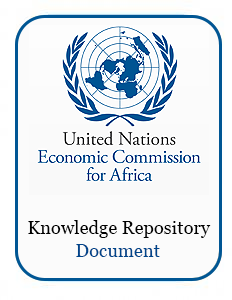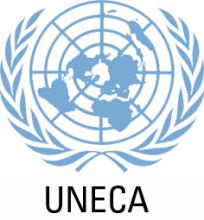Resource information
The countries in North Africa share an arid and semi-arid environment with high diversity: mountainous areas run alongside maritime areas and desert. Currently, urban dwellers in North Africa represent more than 50% of the population and are expected to be more than 60% by 2030. However, the urban system in North Africa is suffering urban primacy. The region is well known for its endowment in mineral deposits such as oil and gas. However, it is also known for being one of the poorest regions in the world in water resources. Due to rapid population growth, both water and land resources are becoming scarce. Sustainable land and natural resource management is an ancient and well established tradition in the region. Land is central to overall national development in the region. This report is the Regional Assessment of Land Policy Formulation and Implementation in North Africa Region. This region comprises the following seven countries: Algeria, Egypt, Libya, Mauritania, Morocco, Saharawi Arab Democratic Republic (SADR) and Tunisia.




